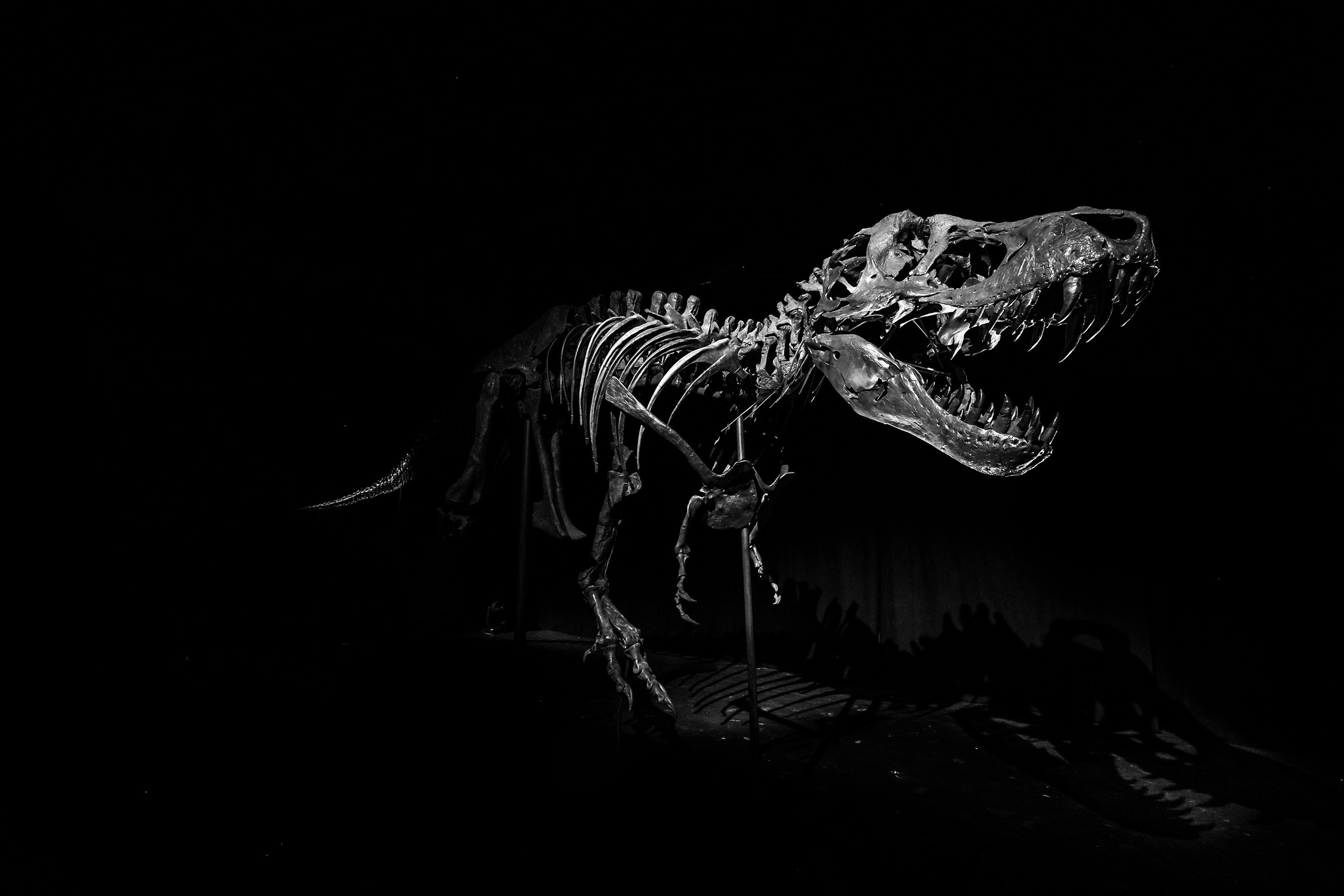
In 2020, Stan, one of the world's largest and most complete Tyrannosaurus Rex (T. rex) skeletons, was auctioned for a record $27.5 million ($31.8 million with fees and costs). The precious fossil, bought by an anonymous private buyer, led many paleontologists to fret that the T. rex was lost to science forever. As it turns out, they had nothing to worry about.
On March 23, 2022, the officials of Abu Dhabi, the capital of the United Arab Emirates, revealed that the 39-foot-long (11.7-meter-long) T. rex will be a star attraction in their new Natural History Museum scheduled to open in 2025.
"Now that 'Stan' has a new home at the Natural History Museum Abu Dhabi, this 67 million-year-old dinosaur will be in the care of expert scientists and will continue to contribute to education and research and inspire future explorers," the Abu Dhabi Department of Culture and Tourism said in a news release.
Named after Stan Sacrison, the amateur paleontologist who first found the remains in 1987, Stan was initially identified as the plant-eating Triceratops dinosaur. It was only after paleontologists from the Black Hills Institute for Geological Research (BHI) examined the bones in 1992 that the fossil's true identity was revealed. It took the scientists over 30,000 hours of labor to unearth and restore the T. rex to its full glory. However, the effort was well worth it.
Stan's 188 bones represent about 70 percent of the total skeleton, while his almost complete and perfectly-preserved skull is the best T. rex skull ever discovered. Researchers believe the fierce predator lived in Laramidia, a humid, semi-tropical island continent that existed during the Late Cretaceous period. Located in Western North America, it stretched from Mexico in the south to Alaska in the north. Stan would have weighed between 7 and 8 tons, or about twice as much as the modern-day African elephant. While the cause of his demise is not known, the T. rex was most likely about 20 years old when he died.

The Abu Dhabi officials stated that the Natural History Museum would also house the famous Murchison meteorite specimen. The ancient space rock, which crash-landed in Australia over 40 years ago, dates back 7 billion years — about 2.5 billion years before the formation of Earth and the solar system. It has helped scientists gain invaluable insights into the early Solar System and the building blocks of life on Earth.
Resources: CNN.com, NationalGeographic.com, Abu Dhabi Dept of culture and tourism
